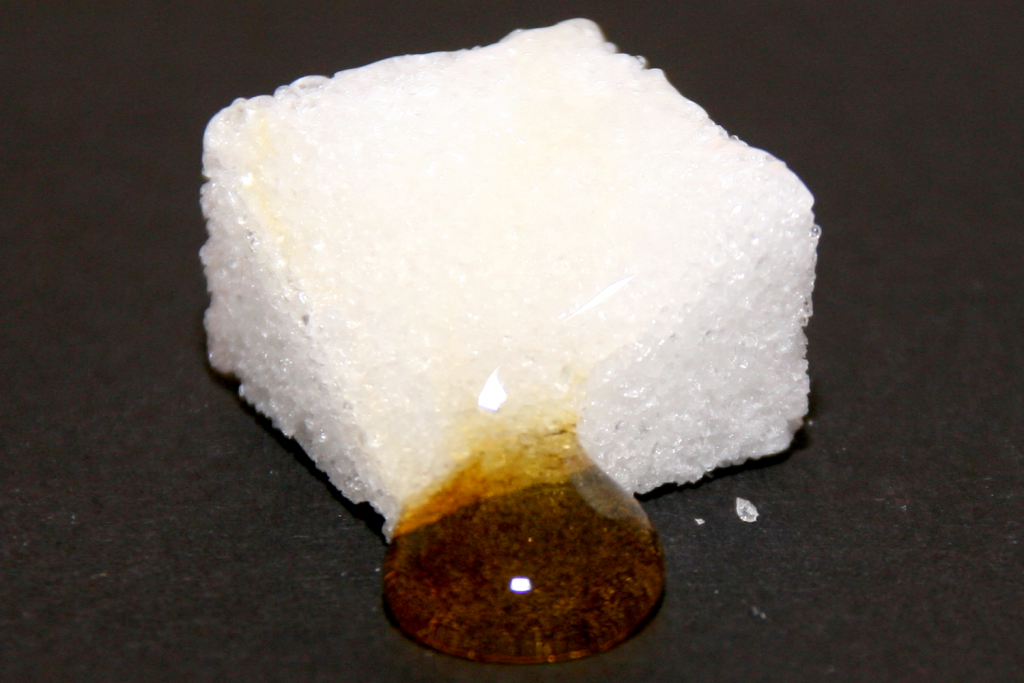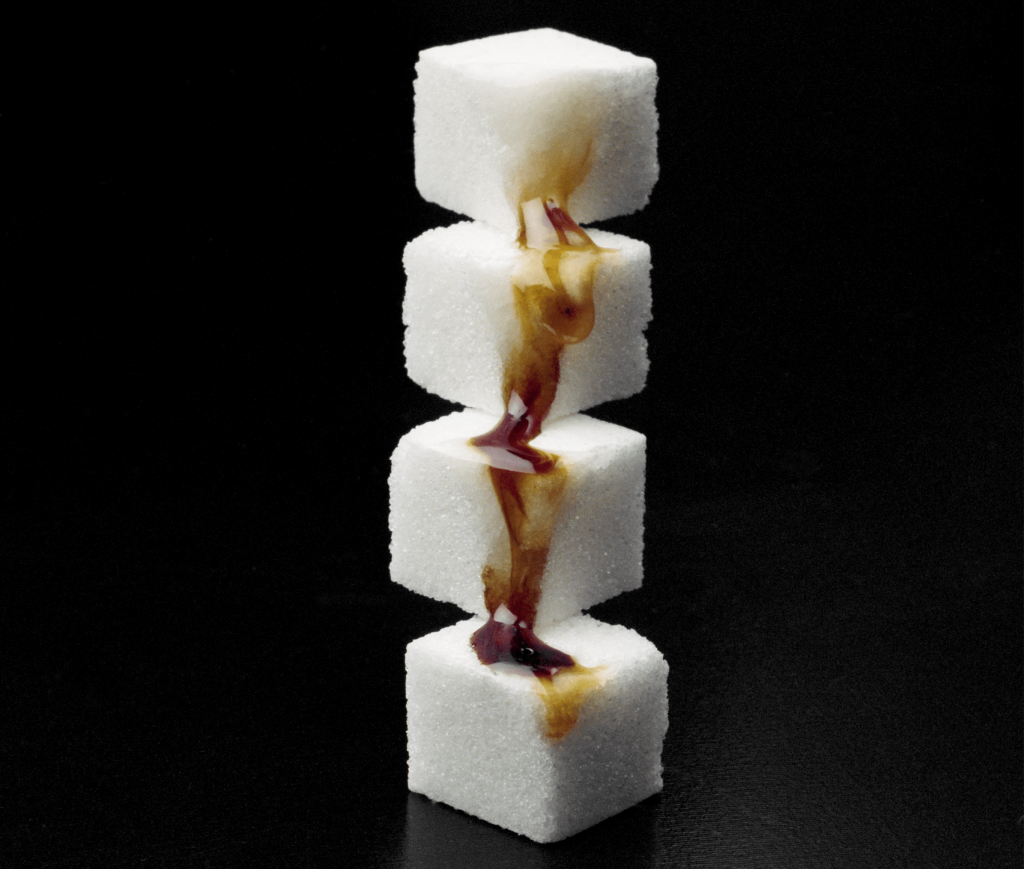Resources
Categories
Advanced glycation end products (AGEs) produced by protein glycation

Advanced glycation end products (AGEs) and the Maillard reaction
The final products resulting from a non-enzymatic glycation reaction (the Maillard reaction) of proteins by reducing sugars are collectively referred to as AGEs.
The Maillard reaction consists of a reversible initial reaction and irreversible middle and late reactions. In the initial reaction, the carbonyl group of the reducing sugar, such as glucose, reacts with the amino group of a protein to form a Schiff group, and the imine double bond is transferred to form Amadori compounds. In the subsequent intermediate reaction, the amino acid group is removed from the Amadori compounds by dehydration to form α-dicarbonyl compounds. This is followed by a late-stage reaction where AGEs are generated from α-dicarbonyl compounds, while melanoidin, a brown substance, is simultaneously produced. Interestingly, the brown colour of cooked foods, soy sauce and miso is also the result of the Maillard reaction.

Effects of AGEs on the living body
Major AGEs reported to be present in the living body include fluorescent and cross-linked pentosidines, nonfluorescent and cross-linked methylglyoxal lysine dimers, nonfluorescent and non-crosslinked carboxymethyllysines (CML) and pyralines. Research on AGEs is advanced in the skin, diabetes, the brain and respiratory organs. For example, collagen, which is the main extracellular matrix component of the skin, loses extensibility due to progression of glycation with age, resulting in the formation of wrinkles and sagging of skin. Collagen that becomes an AGE is known to generate reactive oxygen species (ROS) that cause bone cell death and bone density reduction. Furthermore, specimens obtained from patients with idiopathic pulmonary fibrosis show that there is an increase in the amount of AGEs, leading to its subsequent accumulation in the extracellular matrix and in alveolar epithelial cells on the luminal side of alveoli.
Evaluation of glycation/anti-glycation
As mentioned above, use of the characteristics of AGEs such as brown colour and fluorescence makes it is possible to evaluate the presence of glycation or the property of anti-glycation. To make the evaluation process easy, assay kits are designed on the basis of fluorescence through the use of a reducing sugar, collagen gel, elastin or contract analysis services are provided. Our collagen sponge called MIGHTY is white and is made from a high concentration of collagen; it is used for observing collagen browning by a reducing sugar in vitro. In addition, by measuring fluorescence in the human skin, it is possible to noninvasively evaluate the amount of AGEs present.

Receptor of AGEs (RAGE)
Receptor for AGEs (RAGE)is a single transmembrane protein belonging to the immunoglobulin superfamily. According to previous reports, not only AGEs but also high mobility group B1 (HMGB1) related to cancer metastasis and inflammation, advanced oxidation protein products (AOPP) related to oxidative stress and amyloid β involved in Alzheimer’s disease act as ligands for RAGE. In addition, RAGE has been reported to be associated with diabetes and infectious diseases, and it also seems to play various physiological roles.
The picture at resources top
By Robin Müller [CC BY-SA 3.0 (https://creativecommons.org/licenses/by-sa/3.0)], from Wikimedia Commons



